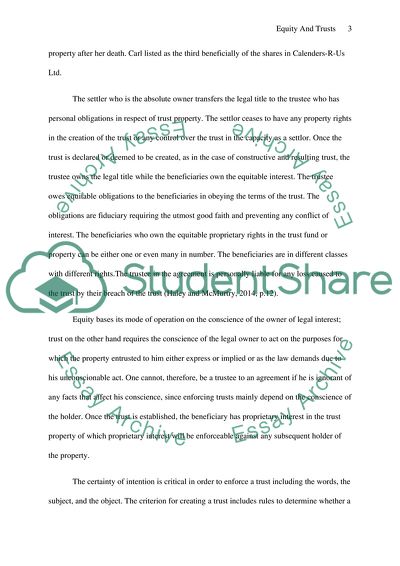Cite this document
(Trusts Essay Example | Topics and Well Written Essays - 1500 words, n.d.)
Trusts Essay Example | Topics and Well Written Essays - 1500 words. https://studentshare.org/law/1853006-trusts
Trusts Essay Example | Topics and Well Written Essays - 1500 words. https://studentshare.org/law/1853006-trusts
(Trusts Essay Example | Topics and Well Written Essays - 1500 Words)
Trusts Essay Example | Topics and Well Written Essays - 1500 Words. https://studentshare.org/law/1853006-trusts.
Trusts Essay Example | Topics and Well Written Essays - 1500 Words. https://studentshare.org/law/1853006-trusts.
“Trusts Essay Example | Topics and Well Written Essays - 1500 Words”. https://studentshare.org/law/1853006-trusts.


